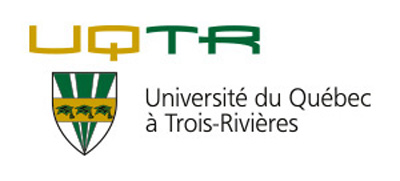Related projects
Discover more projects across a range of sectors and discipline — from AI to cleantech to social innovation.
Mitacs brings innovation to more people in more places across Canada and around the world.
Learn MoreWe work closely with businesses, researchers, and governments to create new pathways to innovation.
Learn MoreNo matter the size of your budget or scope of your research, Mitacs can help you turn ideas into impact.
Learn MoreThe Mitacs Entrepreneur Awards and the Mitacs Awards celebrate inspiring entrepreneurs and innovators who are galvanizing cutting-edge research across Canada.
Learn MoreDiscover the people, the ideas, the projects, and the partnerships that are making news, and creating meaningful impact across the Canadian innovation ecosystem.
Learn MoreGeographic location of a pipeline is important information for pipeline maintenance and fault detection. Usually, the geographic location of a pipeline on the ground can be measured directly with global positioning system (GPS) technology, but it is much difficult to determine the geographic position of an inaccessible underground pipeline in a city. In this research, a new geographic mapping methodology is proposed for small-diameter gas pipelines in a city. A pipeline mapping micro robot equipped with a micro electro mechanical system (MEMS) based inertial measurement unit (IMU) and odometers is developed. The technique of motion identification and measurement is proposed based on the odometers. A new estimation approach is proposed to reconstruct robot path based on the features of a pipeline, the bending angles and the identified motion modes. The geographic location of a pipeline is obtained by the path optimization algorithm. The proposed methodology can help the partner organization obtain the 3-dimensional (3D) map of old gas pipelines in a city, facilitate the maintenance and leak position detection, so as to reduce troubles in the pipeline and avoid economic losses.
Stevan Dubljevic
Shuo Zhang
Cenozon
Engineering - chemical / biological
Oil and gas
University of Alberta
Elevate
Discover more projects across a range of sectors and discipline — from AI to cleantech to social innovation.
Find the perfect opportunity to put your academic skills and knowledge into practice!
Find ProjectsThe strong support from governments across Canada, international partners, universities, colleges, companies, and community organizations has enabled Mitacs to focus on the core idea that talent and partnerships power innovation — and innovation creates a better future.













































































































































































































































































































